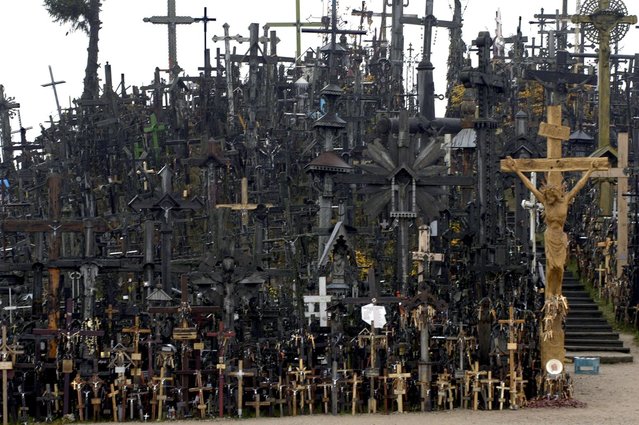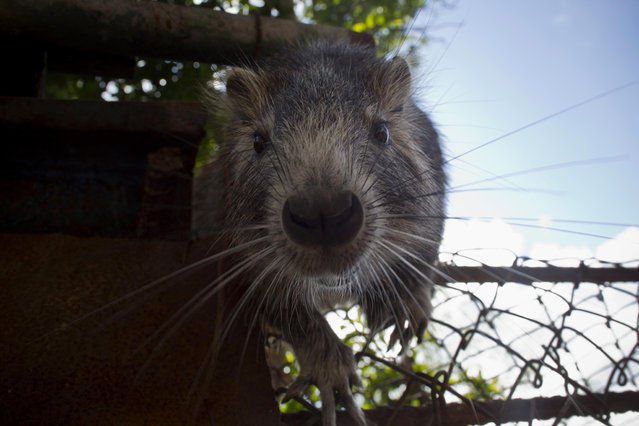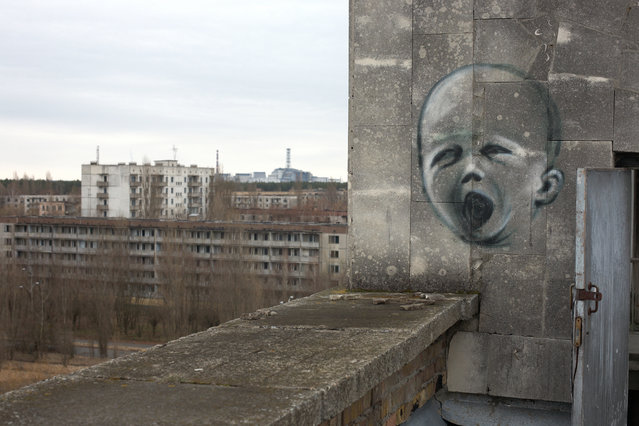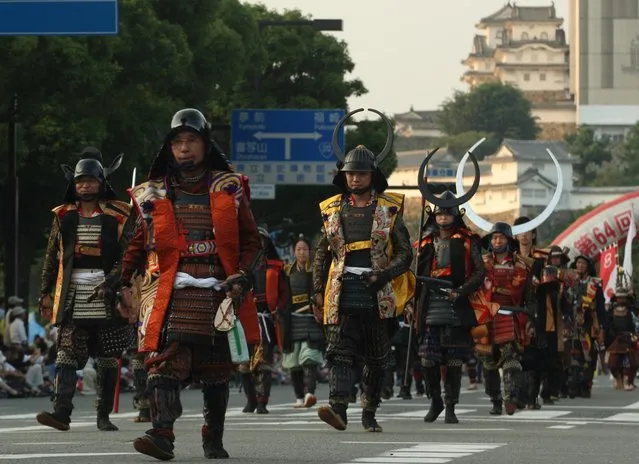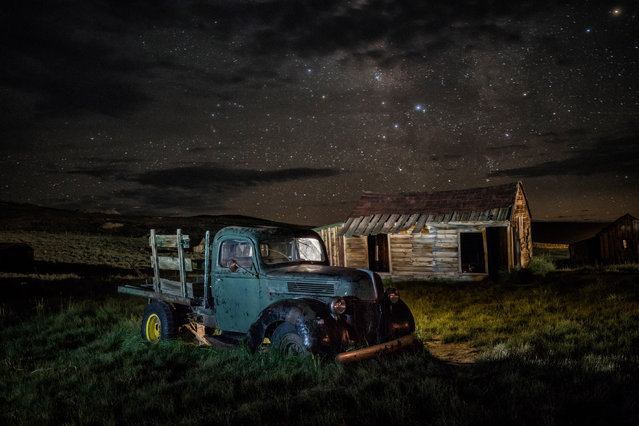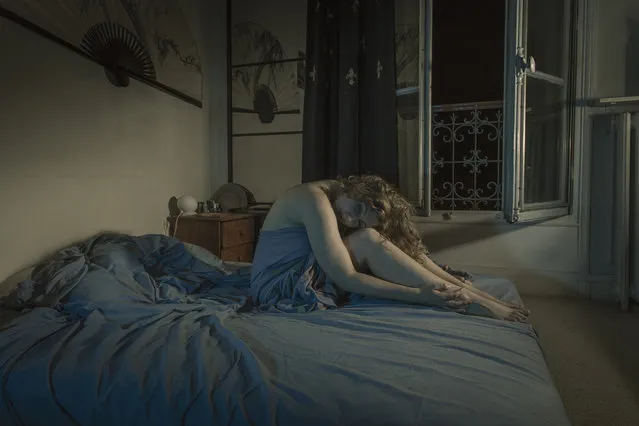
At the end of a six-year relationship, photographer Laura Stevens needed to find a creative, external outlet for all the complicated feelings she was processing internally. “Another November” is the end product, a photo series that aims to mirror those agonizing emotions that Stevens felt at the time of the breakup – and the subsequent healing process. Here: “Jessica” is photographed at her Paris home in this scene staged by photographer Laura Stevens. (Photo by Laura Stevens)
11 Nov 2014 11:55:00,post received
0 comments

